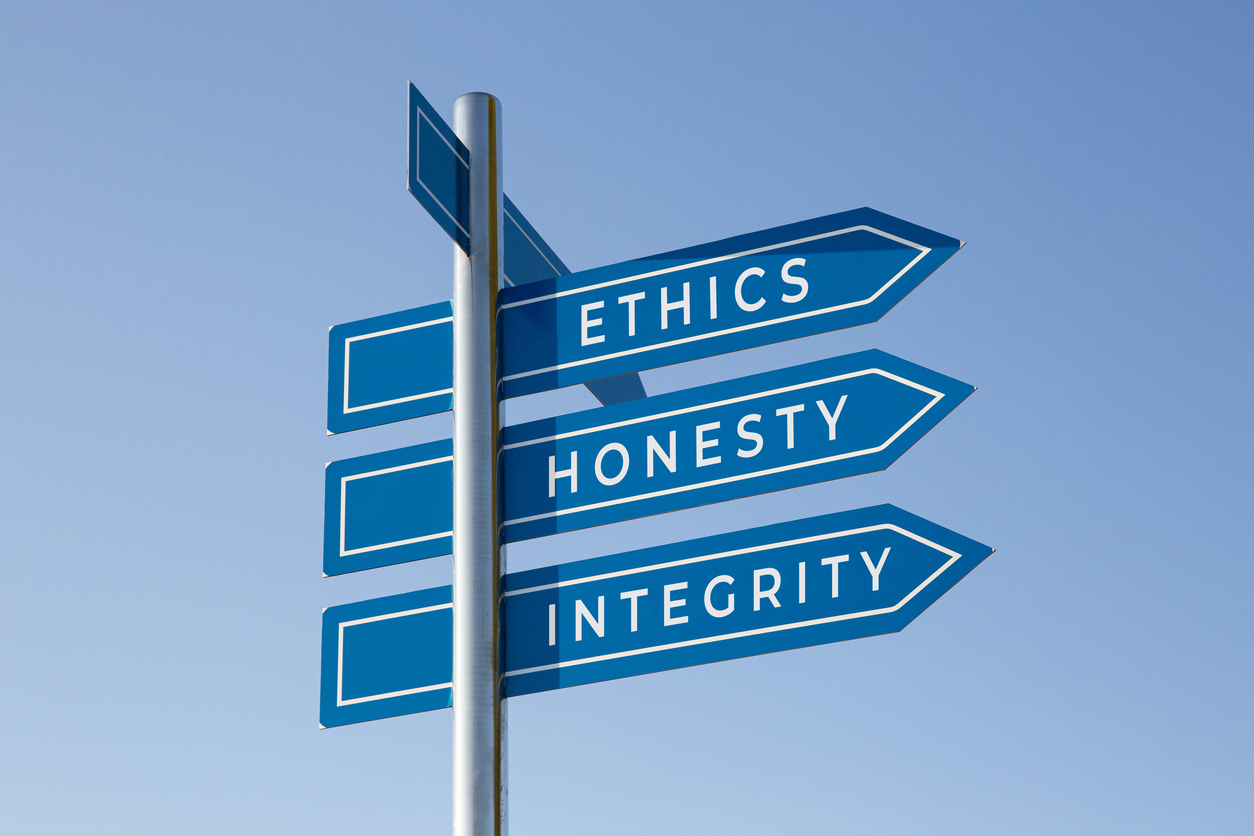
Written by
Sara Loomis
Sara is an aPHR-certified writer on the marketing team at BerniePortal. She writes about HR, healthcare, and benefits.
Think OSHA Doesn’t Affect Your Organization? Think Again.

Maintaining compliance with OSHA requirements is crucial for your employees’ safety—and your organization’s success. That’s why it’s so important to keep up to date on OSHA’s policies, including what will land you on its Severe Violator Enforcement Program (SVEP) list.
Recent changes have expanded the list of violations that result in SVEP status. Read on to learn what’s changed and how you can stay compliant.
What Are OSHA and the SVEP?
The Occupational Safety and Health Administration, or OSHA, is a federal agency created in the 1970s under the Department of Labor.
OSHA’s mission is to prevent work-related injuries, illnesses, and deaths. So while the agency’s regulations may be demanding, its goals and your organization’s should be the same: to keep your employees safe and healthy on the job.
The SVEP list, sometimes referred to as “OSHA’s naughty list,” is designed to help OSHA focus on repeat offenders—organizations whose repeated OSHA violations suggest a lack of concern for their employees’ health and safety.
Established in 2010, the SVEP has received mixed reviews. While its good intentions are clear, some critics have argued that enforcement is unfair to smaller employers and it often fails to improve conditions at the organizations it targets.
What OSHA Regulations Have Changed?
While OSHA’s recent announcement does not change what constitutes an offense, it does expand the net of offenses that qualify employers for the SVEP list.
Previously, inclusion in the SVEP was reserved for a few specific circumstances:
- One willful or repeated violation of an OSHA safety regulation resulting in a death or at least three hospitalizations
- Three or more willful or repeated violations designated as “high gravity,” or two or more if the violations were for “high emphasis” hazards
- Failure to abate a previously cited chemical hazard
Now, however, those circumstances are more broad. The qualifiers “high gravity” and “high emphasis” no longer limit SVEP inclusion to the most egregious violations. This means your organization can land on this list for either of the following:
- Two or more willful or repeated violations
- Two or more failure to abate violations
These now include violations for any workplace health or safety hazard—not just high emphasis or chemical-related ones.
How Do OSHA’s SVEP Changes Affect HR?
If your employees work in construction, manufacturing, or labs, OSHA compliance is probably already top of mind, and these updated parameters will make staying compliant even more complex.
But expanded SVEP eligibility is likely to make more industries fall within its now-wider parameters. If your organization does end up on the severe violator list, penalties are much higher than those for a first offense.
Plus, companies on the list must report incidents more frequently and submit to more inspections, a time-consuming and inconvenient task even if the hazard has been abated. Inclusion on the list also comes with a press release from OSHA outlining the details of the violation, which can be devastating to your organization’s reputation.
And once a company is added to the SVEP, it can be difficult to have it removed. Contesting the citations can take years, as can petitioning for removal after a qualified hazard has been abated. And with more violations now qualifying for the list, processing times may become even longer.
As always, the best way to avoid the SVEP list is to take a proactive approach to employee health and safety. Keep employees and managers trained in safety best practices, invest in high-quality PPE, and create a plan in advance to respond to potential emergencies.
Most importantly, don’t become a repeat offender. If an incident does happen, take responsibility, and act quickly to prevent it from happening again. Not only will this help keep you compliant with OSHA regulations, but it will show your employees that you care about their well-being too.
Additional Resources
You can stay informed, educated, and up-to-date on compliance and other important HR topics using BerniePortal’s comprehensive resources:
- BerniePortal Blog—a one-stop-shop for HR industry news
- HR Glossary—featuring the most common HR terms, acronyms, and compliance
- HR Guides—essential pillars, covering an extensive list of comprehensive HR topics
- BernieU—free online HR courses, approved for SHRM and HRCI recertification credit
- HR Party of One—our popular YouTube series and podcast, covering emerging HR trends and enduring HR topics

Written by
Sara Loomis
Sara is an aPHR-certified writer on the marketing team at BerniePortal. She writes about HR, healthcare, and benefits.
Related Posts
Yes, you can use a health savings account, or HSA, for cosmetic surgery, but only in...
According to the KPMG 2023 CEO Outlook, 64% of business leaders believe there will be a...
Thomas J. Peters, best known for his book In Search of Excellence, once stated, “The day...
According to the Ethics and Compliance Initiative’s (ECI) 2023 Global Business Ethics...







Submit a Comment